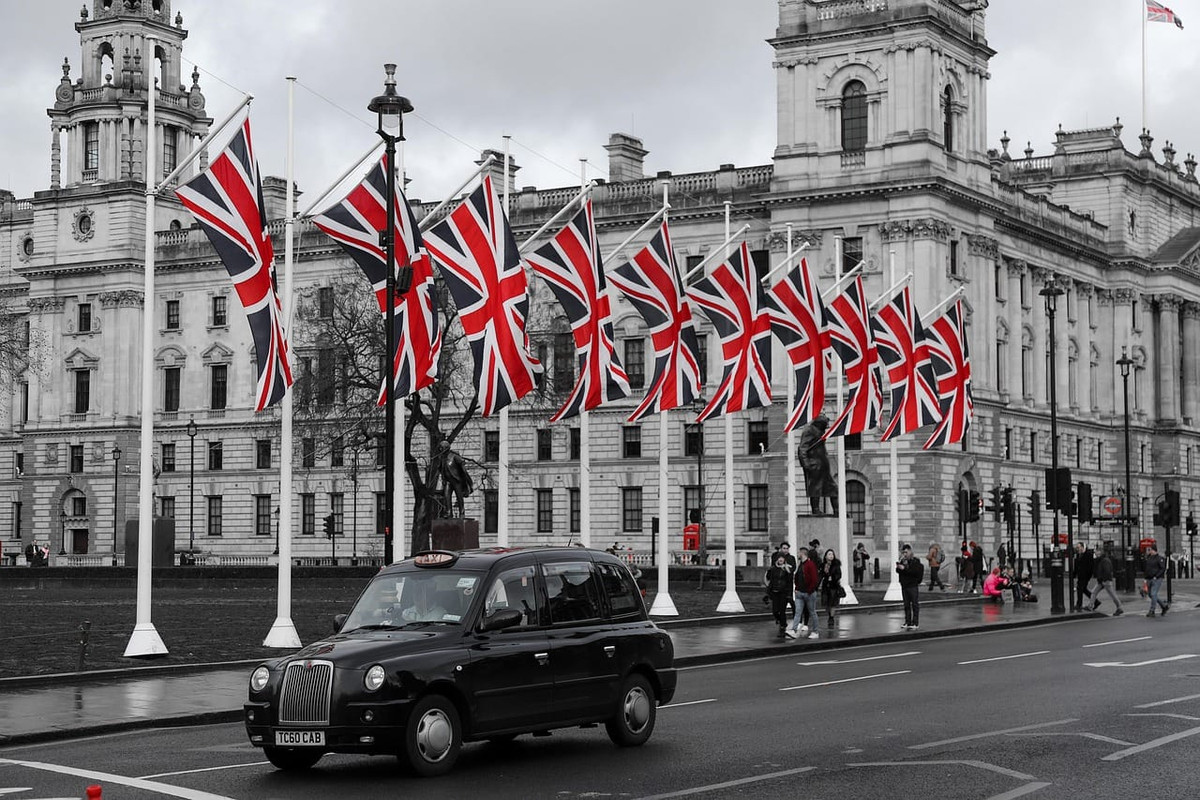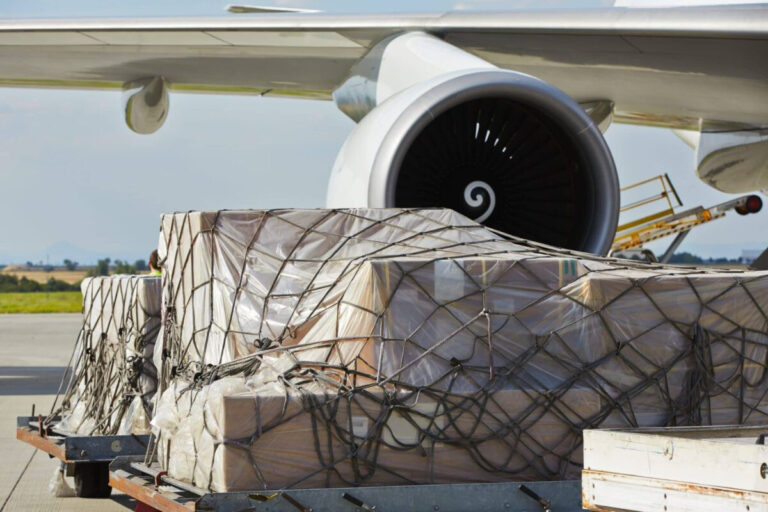
Embraer will celebrate its 55th anniversary on August 19, inspired by a history of excellence in people and product development, as well as significant contributions to the aviation industry.
With nine thousand aircraft produced and delivered to more than 100 countries and a modern range of products, the company currently has registered more than 800 patents. These initiatives, along with many others, advance the virtuous cycle of continuous innovation capable of transforming knowledge into industrial activity with high added value.
“The Brazilian aviation industry is a global reference, and we are proud to celebrate Embraer and its history of achievements. We have been producing aircraft for 55 years, developing the latest technologies, training highly qualified people, and contributing to the development of society,” said Francisco Gomez Neto, President and CEO of Embraer. “We look to the future with confidence in the ability of our employees to carry forward this legacy with efficiency, quality, innovation, social responsibility and a commitment to more sustainable aviation.”
Through full integration and extensive knowledge sharing between all its business units (Business Aviation, Executive Aviation, Defense & Security, Services and Support), the company has built a successful path guided by personnel training and qualification, technological development, and innovation. Identifying market opportunities, strategic planning, design and creativity.
In 2024, Embraer is implementing its plan to meet increased aircraft production and expected future growth through investments, which include research and development activities for new technologies.
History – The development of Brazil’s competitive aviation industry began in the 1930s with initiatives from the government and the private sector. However, the conception of the project to establish the Center of Technical Aviation (CTA) and the Institute of Aviation Technology (ITA) by the Ministry of Aviation under the leadership of Air Marshal Casimiro Montenegro Filho in the 1940s set the strategic direction for aviation solidity. sector, focusing on engineer training and technological development.
The purpose of creating a company capable of transforming science and technology into engineering and industrial capacity became a reality on August 19, 1969, with Decree Law No. 770, which established Embraer, a state-controlled mixed capital company. The first task was to carry out the optimization, certification and serial production of the IPD 6504 project that resulted in the EMB-110 Bandeirante, under the leadership of engineer Ozires Silva at CTA.
In January 1970, Embraer began industrial operations in São José dos Campos, with additional orders from the Brazilian government for the production of the Italian Xavante military aircraft and the new EMB-200 Ipanema crop duster. In the first decade of its existence, the company consolidated major contributions to national integration with its Bandeirante aircraft, which strengthened the regional aviation sector, developed the EMB-121 Xingu turboprop executive aircraft and began its first exports.
In the 1980s, growing its international presence and establishing itself as a strategic player for Brazil, Embraer made technological leaps and innovated in developing new products such as the EMB-312 Tucano turboprop military training aircraft, the 30-seat commercial aircraft EMB-120 Brasília and the AMX subsonic jet. In cooperation between Brazil and Italy.
An intense period of financial turmoil began at the beginning of the 1990s and led to the privatization of the company in December 1994. The combination of a culture of technical excellence and a culture of business flexibility gave the new organization the impetus to recover quickly and regain its leadership position. In regional aviation, with the start of deliveries of ERJ-145 family aircraft, with a capacity of 37 to 50 seats, in 1996.
In the early 2000s, Embraer was among Brazil’s largest exporters and accelerated the development of a new family of commercial aircraft, E-Jets, that would cement the company as a leader in the up to 150-seat segment. Listed on the São Paulo and New York stock exchanges, with production lines in Brazil and China, the company’s global expansion has followed a diversification strategy that has led to the creation of an executive aviation division through the launch of the Legacy 600/650, Phenom 100, Phenom 300 and Lineage business jets. 1000 and Heritage 450/500. In defence, the new EMB-314 Super Tucano light attack and trainer aircraft began operations in the colors of the Brazilian Air Force (FAB) and studies for the C-390 multi-role aircraft began. In the same decade, the company also developed the ethanol-powered Ipanema EMB-202A, the world’s first certified mass-produced aircraft to fly on biofuel and was certified in 2004. It also established the Embraer Institute to conduct the company’s social activities. Procedures in an organized manner, with the main focus on education.
Since 2010, Embraer has undergone a strong internationalization process, with manufacturing activities now consolidated in Brazil, the United States, Portugal and Mexico. The company also promoted the expansion of its service and support network within a dedicated business unit and strengthened the defense and security field to develop projects on land, sea, space and cybersecurity through acquisitions and the formation of strategic technology companies. In the second half of the decade, new products reached the market, such as the second generation E-Jets, the E2, the Praetor 500 and Praetor 600 medium-sized business jets, and the C-390, developed to FAB’s evolving requirements. .
In 2020, innovation, sustainability and business efficiency led the company’s recovery in the face of the unprecedented impact of the pandemic on the global air transport industry. In a more comprehensive and diversified manner, while maintaining high standards of corporate governance, the successful implementation of the strategic plan enabled the start of a new cycle of growth and profitability, with the resumption of commercial activity in all business units, creating value for society as a whole. Revolutionary projects and partnerships have also enabled the start-up of new businesses and the creation of EVE, designed to accelerate the development of the urban air mobility ecosystem.
Today, with a backlog of US$21.1 billion, more than 19,000 employees and a truly global presence, Embraer is positioning itself as a competitive company focused on building the sustainable aviation of the future.


